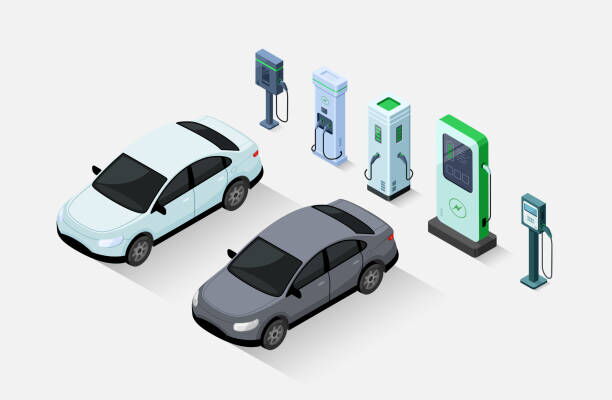Electric Vehicle Supply Equipment (EVSE), commonly referred to as EVSE chargers or simply EV chargers, plays a pivotal role in the electric vehicle ecosystem. As the bridge between an electricity source and an EV battery, these systems are essential for the growing adoption of electric vehicles worldwide. This article explores what EVSE chargers are, how they function, the different types available, and key considerations for their usage and maintenance.

Electric Vehicle Supply Equipment (EVSE) is the technical term for the infrastructure that facilitates the transfer of electricity to charge an electric vehicle (EV). While often colloquially referred to as EV charging stations or chargers, the EVSE is more than just a plug—it encompasses the components and technologies needed to ensure safe and efficient power delivery.
EVSE is responsible for:
Converting power from an electricity source into a usable form for the EV.
Enabling communication between the vehicle and the charging station to ensure optimal charging.
Ensuring safety during the charging process by preventing electrical hazards like overcharging or short circuits.
EVSE chargers are sophisticated systems designed to ensure that the process of charging an EV is efficient, safe, and convenient. Here’s a step-by-step breakdown of how they work:
When you plug the charging cable into the EV, the EVSE’s control module performs several checks. It ensures that:
The connector is securely attached.
The vehicle is ready to accept a charge.
The charging station is functioning properly.
If all conditions are met, the EVSE activates the main relay, allowing electricity to flow to the vehicle. If the connection is disrupted, the system shuts off power immediately to prevent hazards like arcing.
Once connected, the EVSE and the vehicle communicate using software and communication protocols. This ensures that the charger supplies the correct voltage and current level based on the vehicle’s battery specifications.
Depending on the type of charger used, the power delivered can either be alternating current (AC) or direct current (DC):
Speed: Slowest charging method, typically adding 3–5 miles of range per hour.
Use Case: Best suited for overnight charging at home or emergency top-ups.
Speed: Faster than Level 1, adding 10–60 miles of range per hour, depending on the charger and vehicle.
Use Case: Commonly found in residential installations, workplaces, and public charging stations. Ideal for daily charging needs.
3. DC Fast Charging (Level 3)
Speed: The fastest option, capable of charging an EV to 80% in 20–60 minutes.
Use Case: Best for long-distance travel and commercial applications. Not all vehicles support DC fast charging.
Professional testing equipment and trained personnel are often required for comprehensive evaluations.
Governments and private companies are also investing heavily in expanding charging networks to meet the growing demand for EVs.
